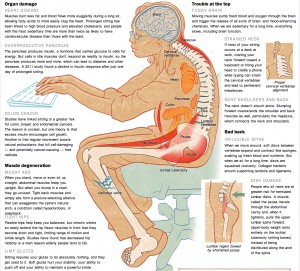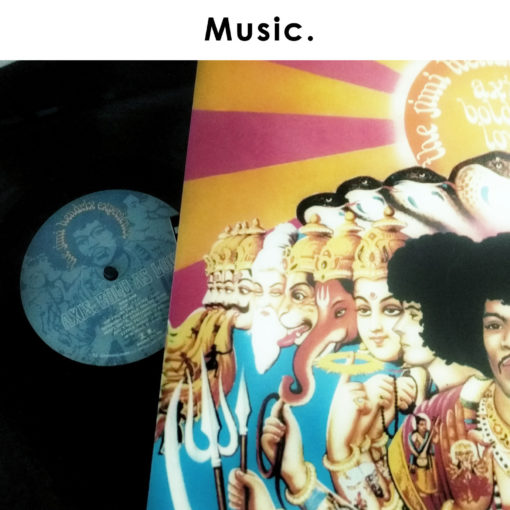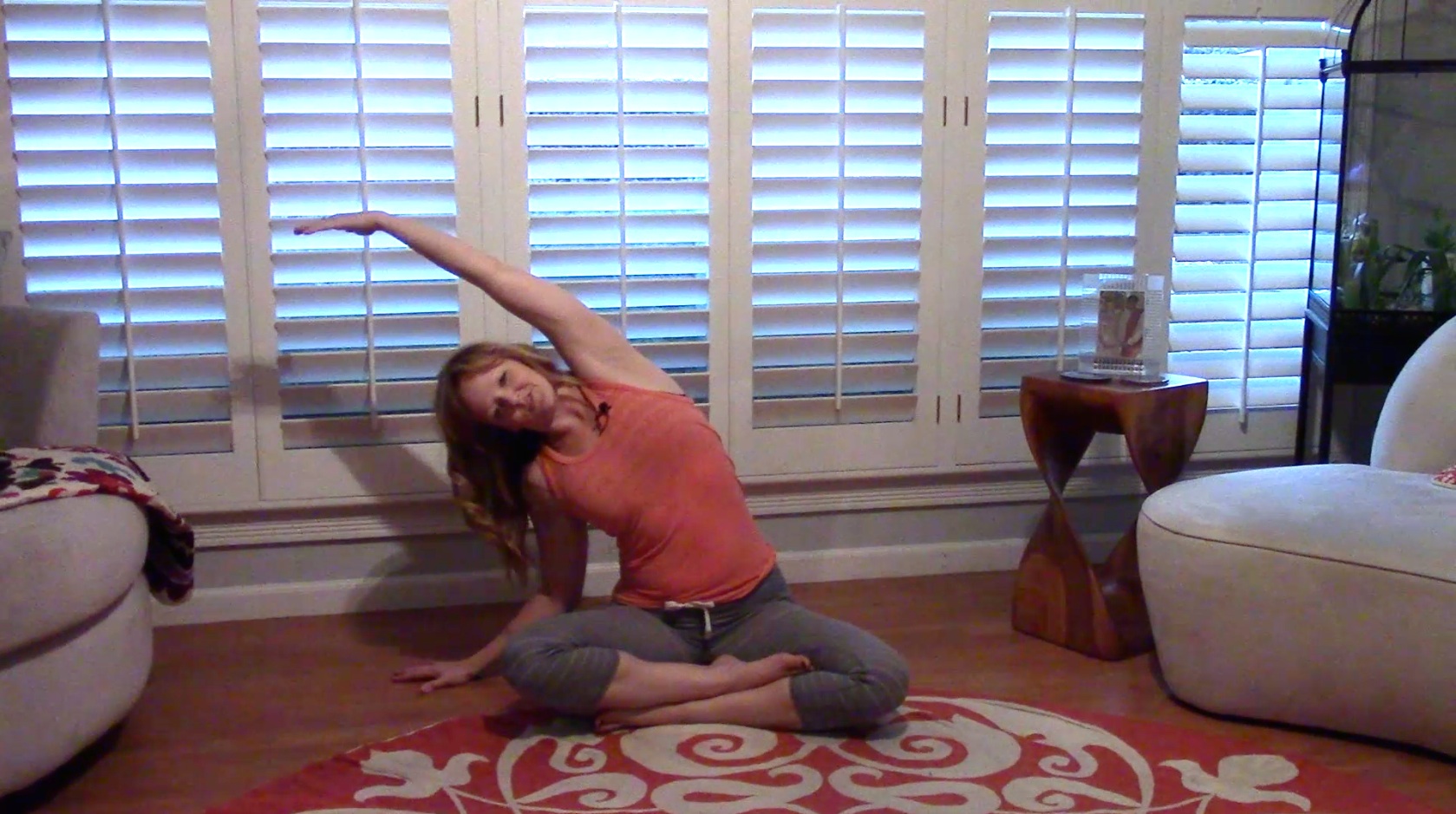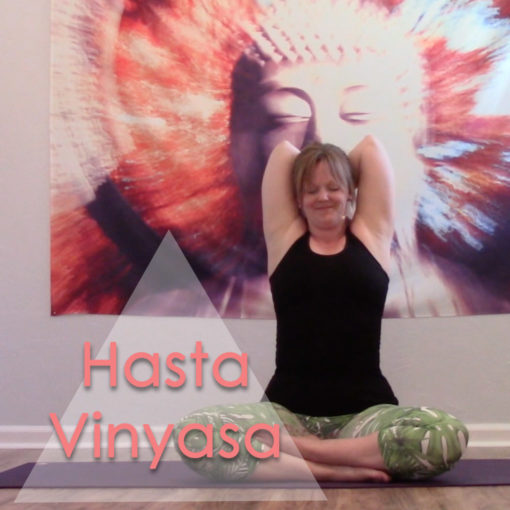Tadasana is a seemingly simple pose that looks like you’re just standing around, but there’s more than meets the eye to this pose. Finding the right alignment for your body in tadasana can set you on the path to proper alignment in all other yoga postures, from down dog to standing balances to inversions.

Why all this talk about sitting when we’re talking about tadasana? It’s no secret that most of us in today’s society sit a lot – driving, in the office, at home watching TV or in front of the computer. So when we stand, even though we may feel as if we are perfectly aligned, chances are that our bodies are doing all sorts of compensation for these under-utilized muscles. As we move through our asana practice, we carry this compensation with us, if we can, though often times we cannot, and we lose our balance or find particular asanas hard to accomplish. In the post The Strength of Our Bones, I mentioned that one day, while standing in tadasana, I had my aha! moment – I lifted my toes and didn’t feel my weight shift backwards. That was when I realized it wasn’t just the way my body was made, that I had been letting my body pitch forward because that’s how my muscles were used to carrying me. From that point on I became a big believer in taking at least 2 minutes to feel my body in tadasana before moving into sun salutations or other asanas in my practice.
People do not pay attention to the correct method of standing… Owing to our faulty method of standing and not distributing the body weight evenly on the feet, we acquire specific deformities which hamper spinal elasticity. Even if the feet are kept apart, it is better to keep the heel and toe in a line parallel to the median plane and not at an angle. By this method, the hips are contracted, the abdomen is pulled in and the chest is brought forward. One feels light in the body and the mind acquires agility. If we stand with the body weight thrown only on the heels, we feel the gravity changing; the hips become loose, the abdomen protrudes, the body hangs back and the spine feels the strain and consequently we soon feel fatigued and the mind becomes dull. It is therefore essential to master the art of standing correctly.
— B. K. S. Iyengar, Light on Yoga
I posted about savasana a while back, stating that it was the most useful and informative pose in my personal practice. Savasana’s benefits I discovered on my own, through years of settling into it and finally hearing the wisdom of my body. Tadasana’s benefits are something I felt I didn’t really need to learn. Week after week in our teacher training, a new teacher would come in, and here we would be, standing in tadasana, hearing new cues depending on the teacher – yoga instructor, doctor, chiropractor – until I hit on that one day where all of that focus on standing yielded insight and reward. I could feel my muscles working differently, new little areas that weren’t used to being worked becoming sore. As I mention in the video and at the start of this article, finding the lines of tadasana have been very beneficial for me to take into other postures, such as my nemesis posture down dog. Once I felt the line created by the ribs knitting into the midline of the body while the sternum and occiput lift and the shoulders stay neutral, it was really easy to feel how my upper body should be in down dog, instead of dumping in my lower back which was my natural instinct before.
So give the tadasana video a try. See which cues give you the aha! moment. Find your ankles, knees, hips, and shoulders stacked in vertical alignment with the crown of the head reaching for the sky, and see if taking a few moments in tadasana can help further your yoga practice.




